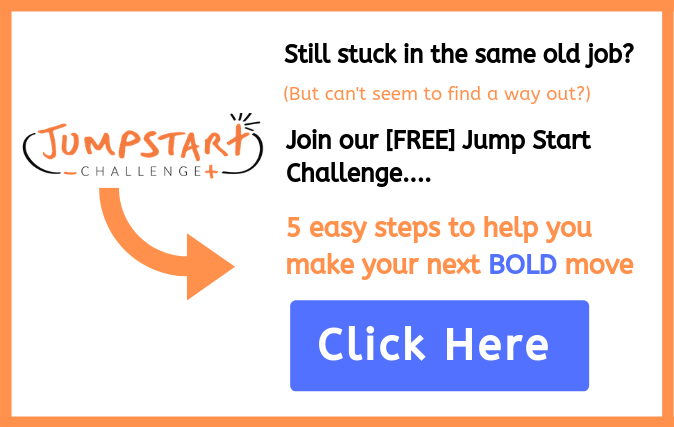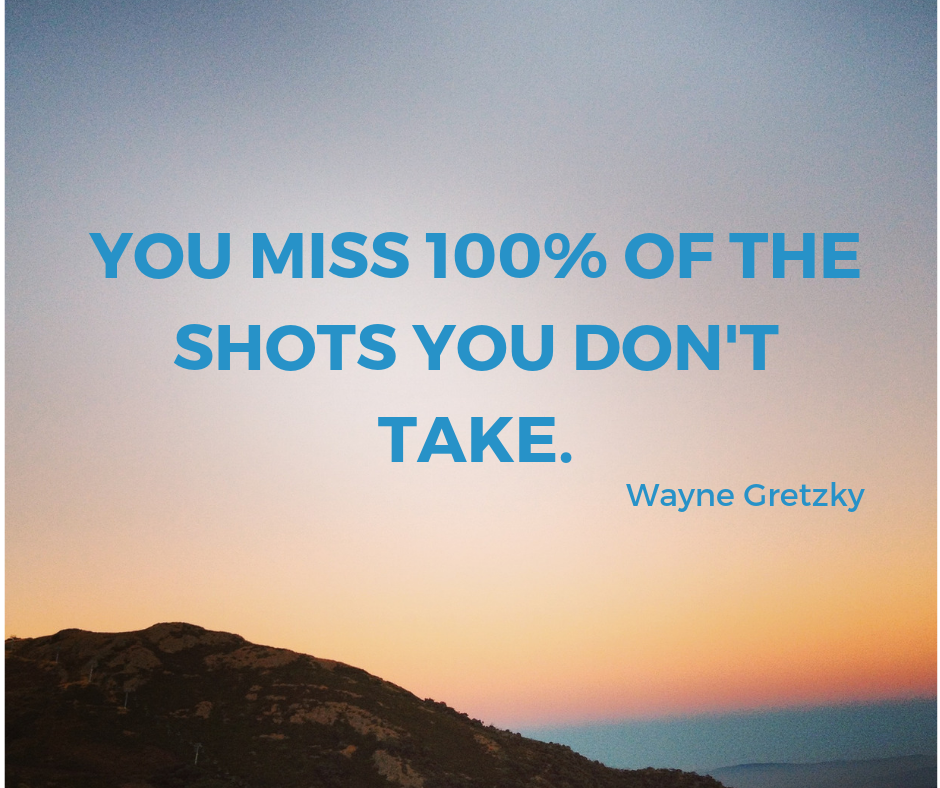If you’re in a job that no longer serves you, but don’t seem to have the mojo to make a move, then I have something special to offer you.
But first, tell me if any of this sounds like you….
You’ve stopped talking to people about how much you hate your job, because you know you’ve talked too much already and you sense they’re inwardly rolling their eyes.
You feel drained at the thought of going into work, and that feeling starts earlier and earlier on the weekend.
You can’t see anything else within the organisation you want to do.
You know you don’t want to do what you’re doing now, but not sure what else you can do.
You’re much more excited about what you’re doing outside of work, compared to what your job actually involves.
You feel different from your co-workers in ways you cannot articulate.
Everything at work seems so familiar, nothing that happens could surprise you.
You keep telling yourself that work is just work, it’s wrong to feel so bad about it.
You’re tired, cranky and feeling overworked all the time.
You feel angry all the time and conversations play out in your head around what you could say to “them” the people who don’t value you.
You haven’t had the energy to apply for jobs, even though a few have popped up on your radar.
So we don’t talk too much about how bad a bad job can be partly because I think there’s a lot of secret shame that hangs around these scenarios.
We put labels on things like “Mondayitis” or needing to take a “doona day” when we need to escape from jobs or a workplace.
But that seems to be as far as the discussion goes.
We sometimes write these feelings off as normal.
“It’s just how a job should be.”
I think we need to go deeper beyond just labelling things as almost normal and take a different type of action.
When there are so many fulfilling ways to work, doing something day in and day out for 8-10 hours a day, when that thing has no meaning for you, or that thing gives you no sense of accomplishment, as far as I am concerned, is accepting that this is all that you can do, or all you’re good for.
We live in a developed and economically prosperous country.
We do still have some choices.
And life is too short to be feeling what I have described above.
I think there’s a special type of awful feeling that’s associated with intellectually knowing we have a choice to leave a job that does not serves us, but somehow still not being able to make that move.
I’ve seen this in myself and I see this in my clients.
With all this in mind, I’d like to introduce you to the Jump Start Challenge.
I’ve developed this together with my co-host, Lois Keay-Smith Founder of Career Wisdom.
We’ve designed the challenge to help get you moving.
It’s a 5 day challenge where every day we’ll be sending you a question to help you unpack why you believe you’re stuck, and a small action to take to help get you unstuck.
The science behind this is you don’t need to be motivated to take action, your motivation comes after you take an action.
I’m super excited by this.
Because taking this one small next action, could be just the thing that changes your life.
Next Challenge Starts Jan 20, 2020: Click here to find out more.
{ 0 comments }





